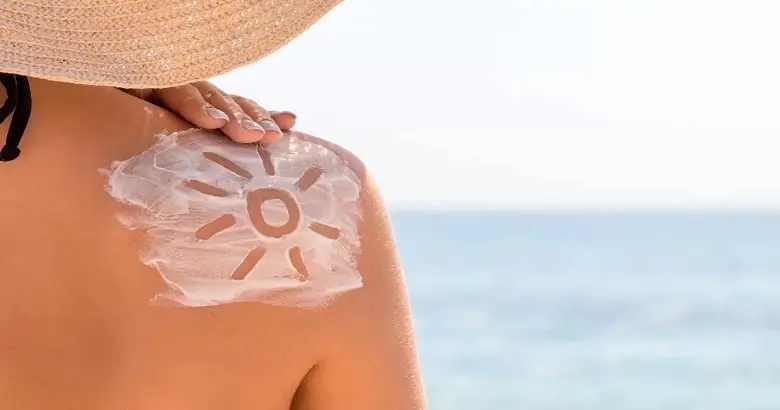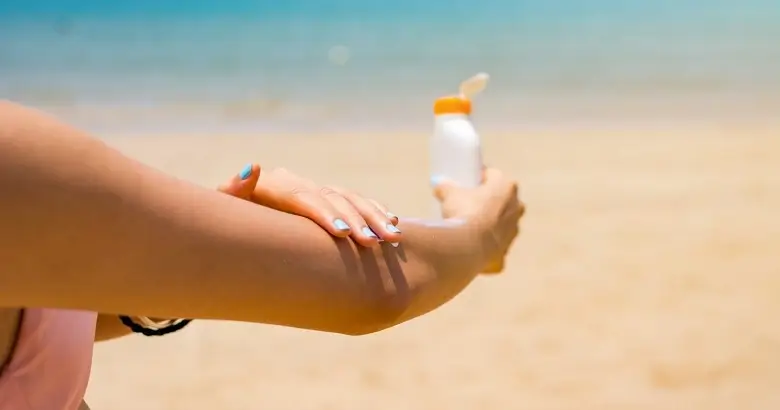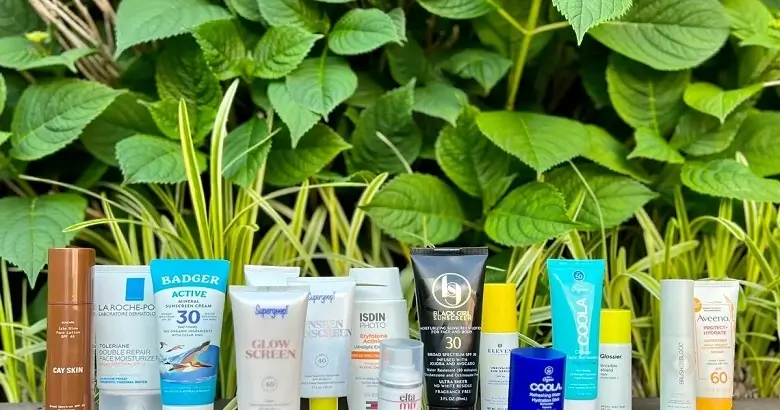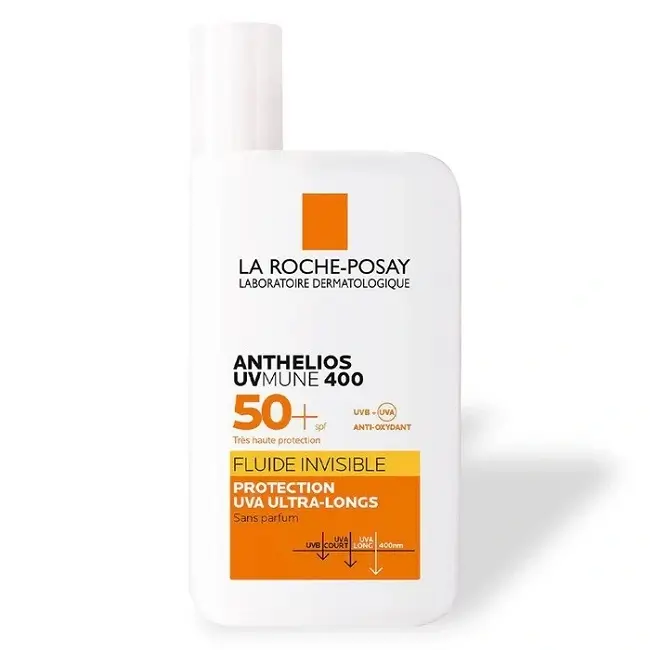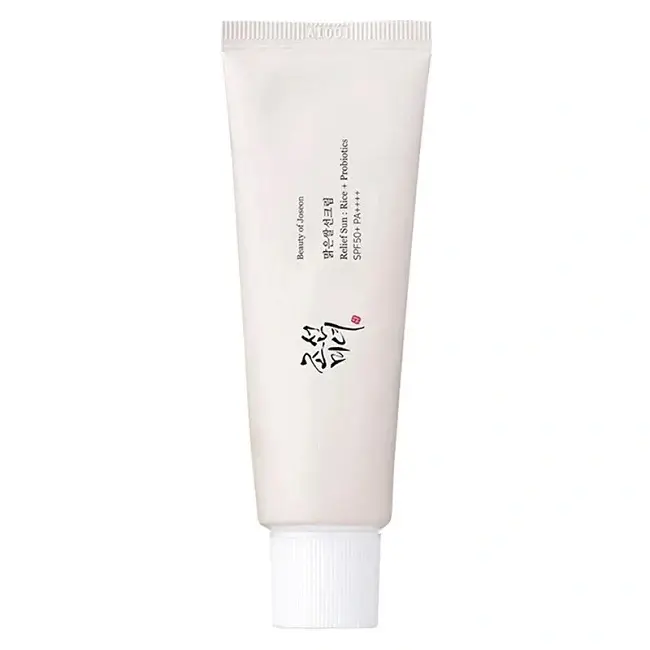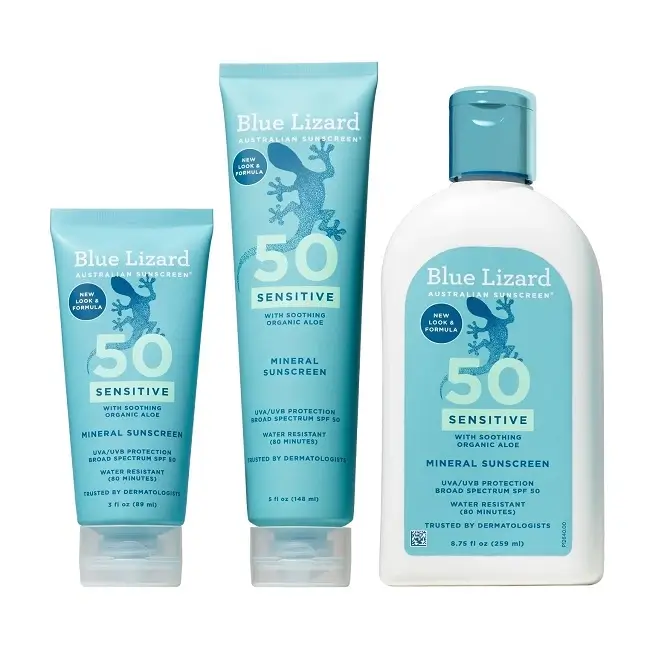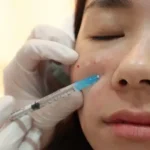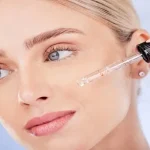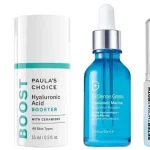The Ozone Layer Isn’t What It Used to Be
Thanks to climate change and ongoing atmospheric damage, the ozone layer, Earth’s natural sun shield, is thinner in several parts of the world. That means UV radiation levels are increasing, and they’re reaching our skin more aggressively than before.
According to NASA, while international efforts like the Montreal Protocol have reduced ozone-depleting substances, full recovery isn’t expected until 2066 over Antarctica. Meanwhile, high UV levels are still a serious threat, especially in the spring and summer months.
A 2023 World Health Organization (WHO) report emphasized that climate change is extending UV exposure seasons, making UV protection a year-round concern, even in cooler climates and cloudy weather.
And yes, UVA rays can pass through windows, meaning indoor exposure is real, especially if you work near a sunlit window or drive often. That’s why dermatologists now recommend sunblock even for indoor days.
Bottom Line: UV damage is sneaky and stronger than ever, and it’s no longer “just a summer thing.”
Skin Cancer is Still the Most Common Cancer
You read that right: Skin cancer remains the most diagnosed cancer in the world.
In the U.S. alone, 1 in 5 Americans will develop skin cancer by the age of 70, according to the Skin Cancer Foundation. And over 9,500 people are diagnosed with skin cancer every single day.
Even more shocking? A 2021 study published in JAMA Dermatology showed that daily sunscreen use can reduce the incidence of squamous cell carcinoma by about 40% and melanoma by up to 50%.
The numbers don’t lie. Regular use of sunblock saves lives.
The good news? It’s preventable. With consistent protection, you reduce your skin cancer risk — drastically. It’s the easiest, most affordable form of cancer prevention available.
- It’s the #1 Anti-Aging Product, Period
Let’s cut through the skincare noise: sunblock is the ultimate anti-aging product. Not your serum. Not your moisturizer. SPF.
A groundbreaking 2013 study in Annals of Internal Medicine found that people who used sunscreen daily had 24% fewer signs of skin aging than those who used it only occasionally. That includes wrinkles, sagging, roughness, and discoloration.
Why? Because 90% of visible skin aging is caused by the sun’s UV rays, according to the Environmental Protection Agency (EPA).
UV rays damage collagen and elastin fibers, the proteins that keep your skin youthful and firm. Once that breaks down, you’re looking at fine lines, loss of elasticity, and sunspots.
So before you splurge on expensive anti-aging treatments, make sure you’re wearing SPF 30+ daily. That $15 bottle of sunblock? It’s doing more than your $80-night cream.
It Protects All Skin Tones
Let’s clear up one of the biggest SPF myths out there: “People with darker skin don’t need sun protection.” False. And dangerous.
Melanin does provide some natural sun protection, but not enough to block the damaging effects of UVA and UVB rays.
